WAVE Resource Centre
Physical Activity / Mahi ā Tinana
Only 7% of children and young people (aged 5-18) are meeting the New Zealand guidelines for physical activity (at least 1 hour a day of moderate to vigorous physical activity) solely through PE, sport, exercise and active recreation. [1]
- Students gain more benefit from physical activity if they have opportunities to be active at regular times during the day.
- There is a strong correlation between being physically active as a student and being physically active in adulthood.
- Academic performance is improved by regular participation in physical activity.
Mental Wellbeing and Physical Activity
Physical activity releases the “feel good” chemicals (endorphins) into the body, making you feel better. WAVE actively promotes the Five Ways of Wellbeing.
What is physical activity?
Physical activity includes play, games, sports, transportation, chores, recreation, physical education, or planned exercise, in the context of family, school and community activities.
- Be active every day in as many ways as possible - for at least 30 minutes for adults and at least 60 minutes for children
- Add some vigorous exercise for extra benefit and fitness
- Reduce the amount of time you spend sitting down/screen time
What WAVE can do:
- Identify strategies to help make active travel the easier choice
- Support settings with active travel and school travel planning
- Provide the ‘physical activity’ toolkit from WAVE for education settings to use to guide your whole of education setting approach including policy development and links to curriculum resources. There is a specific toolkit for ECE that provides kaiako and whānau with tools to plan, review, implement and celebrate regular physical activity for cognitive learning.
- Promote physical activity resources and information available on the WAVE website
Check out this video on how WAVE helped Rural Scholars Early Learning Centre with professional development sessions so that they can ensure their tamariki are getting the optimum physical activity in their day.
Ngā Taonga Tākaro / Traditional Māori Games
Ngā Taonga Tākaro promotes participation of physical activity through Tikanga, Te Reo, whakapapa and physical wellbeing for all students.
To find out more about Ngā Taonga Tākaro and how this can be incorporated into every day practice, see the Ngā Taonga Tākaro section under our Links & Downloads section.
Also, watch this video case study which outlines physical activity through the use of Ngā Taonga Tākaro and how this develops cultural and physical wellbeing for all students. Ngā Taonga Tākaro also develops and encourages Hauora (wellness) as well as leadership skills.
Evaluation feedback from staff:
“Easy to implement, fun, good curriculum link”.
“Encouraged to explore ways to implement Māori bi-cultural practice in everyday activities”.
“The games could be used across a range of levels, fun but challenging- thinking was involved”.
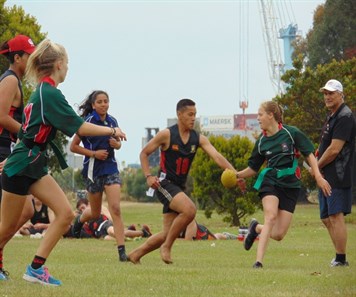
Students playing in a Ki o Rahi tournament at Caroline Bay, Timaru
Useful links and downloads
We have various toolkits, programmes and useful links that you can access to help with your investigation into Hākinakina / Physical Activity

Items of interest
[1] https://www.education.govt.nz/our-work/changes-in-education/healthy-active-learning/

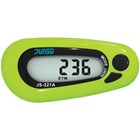 Pedometers x20
Pedometers x20
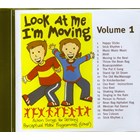 Look At Me I’m Moving – Volume 1
Look At Me I’m Moving – Volume 1
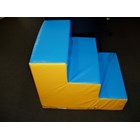 Soft Shape - Steps for Wave
Soft Shape - Steps for Wave
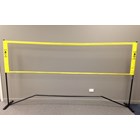 Portable Net System
Portable Net System
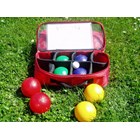 Boules
Boules
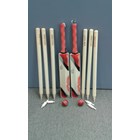 Backyard Cricket Set
Backyard Cricket Set
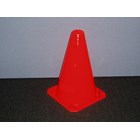 Cones - orange
Cones - orange




